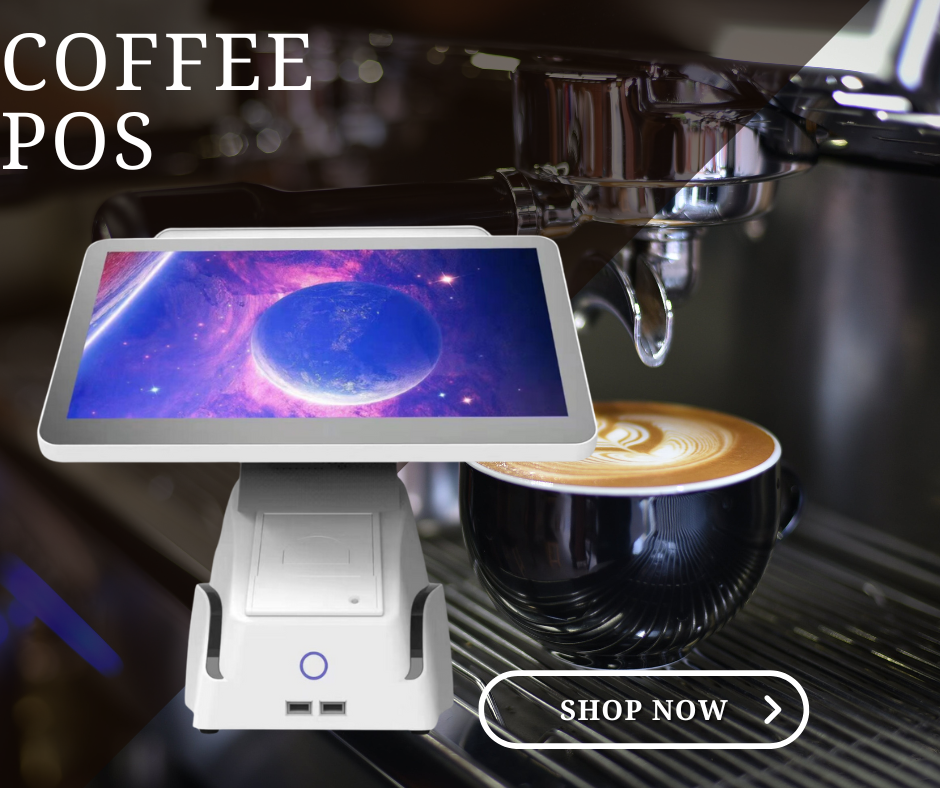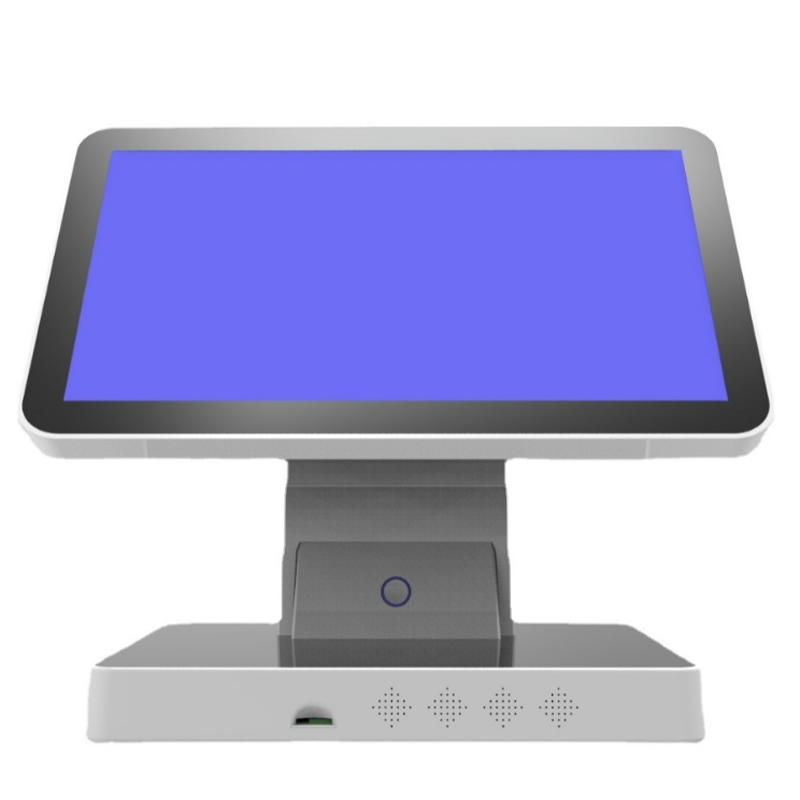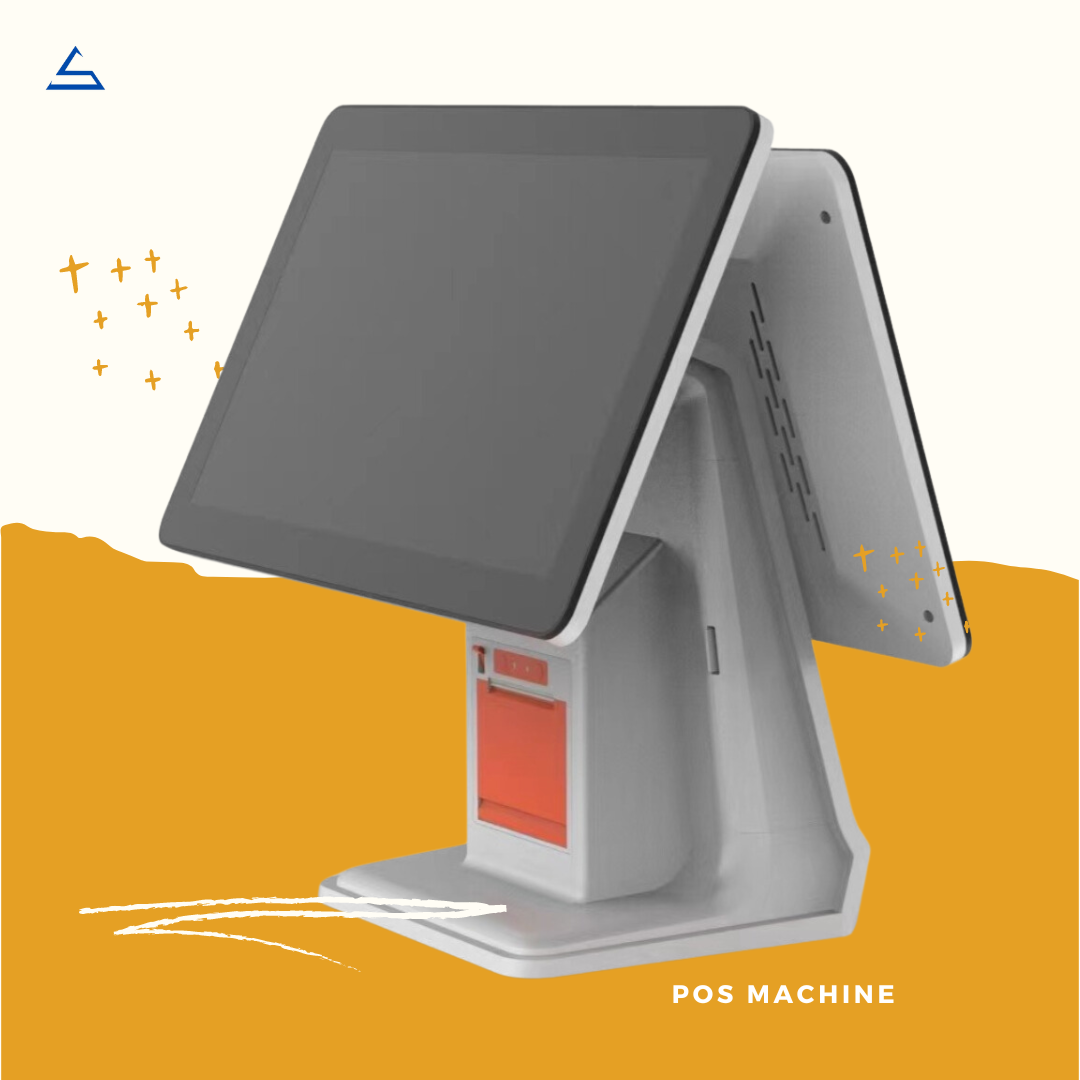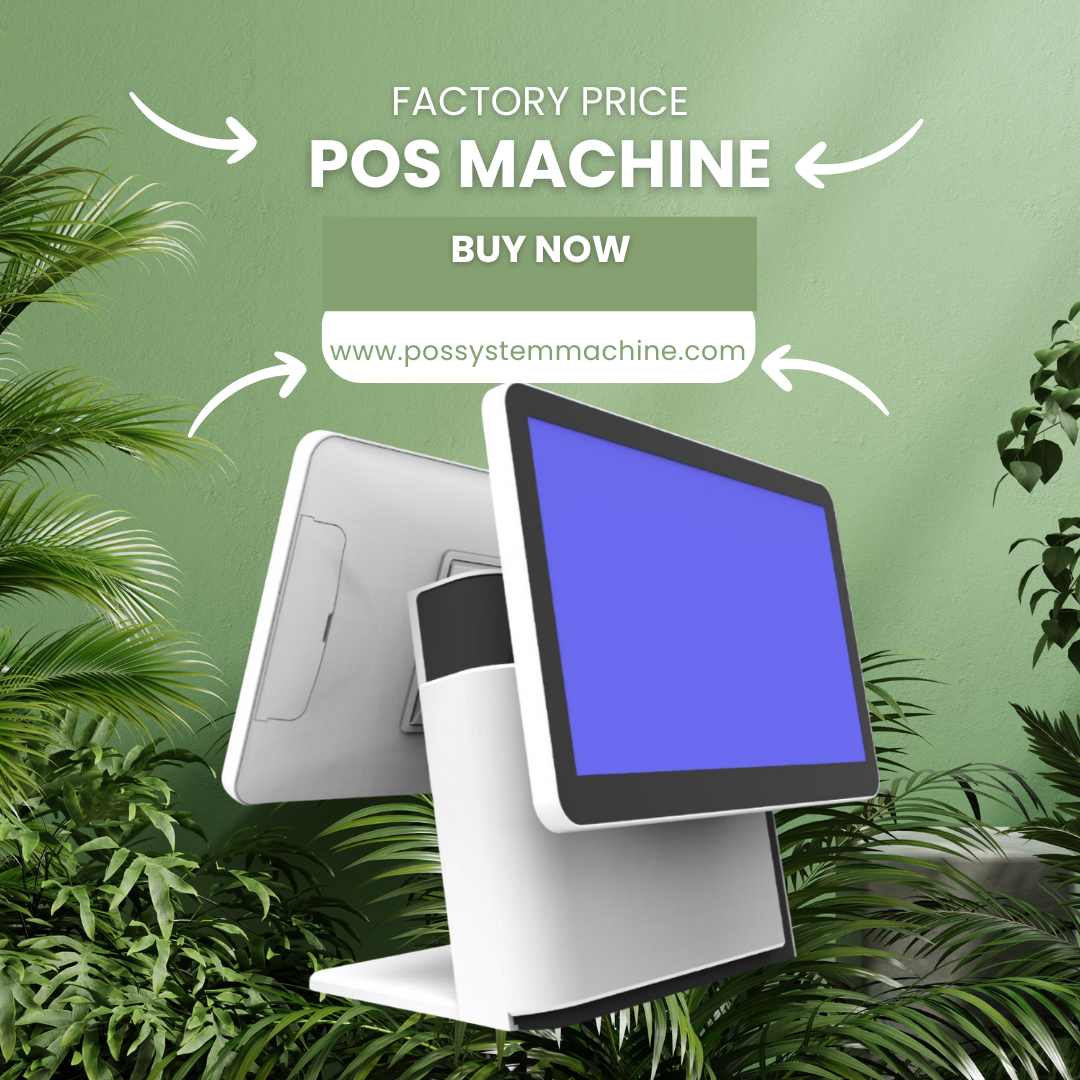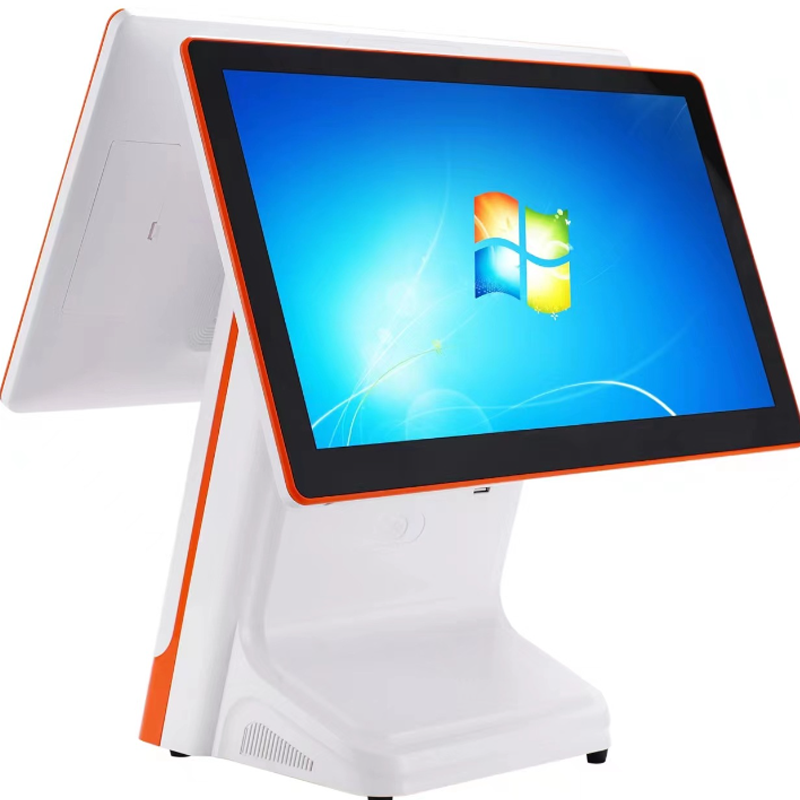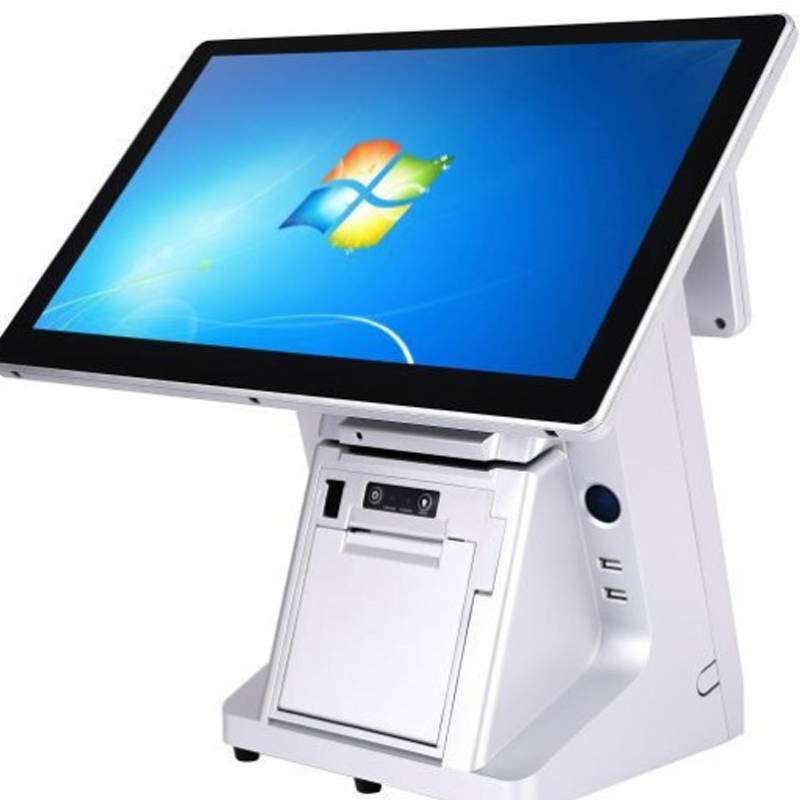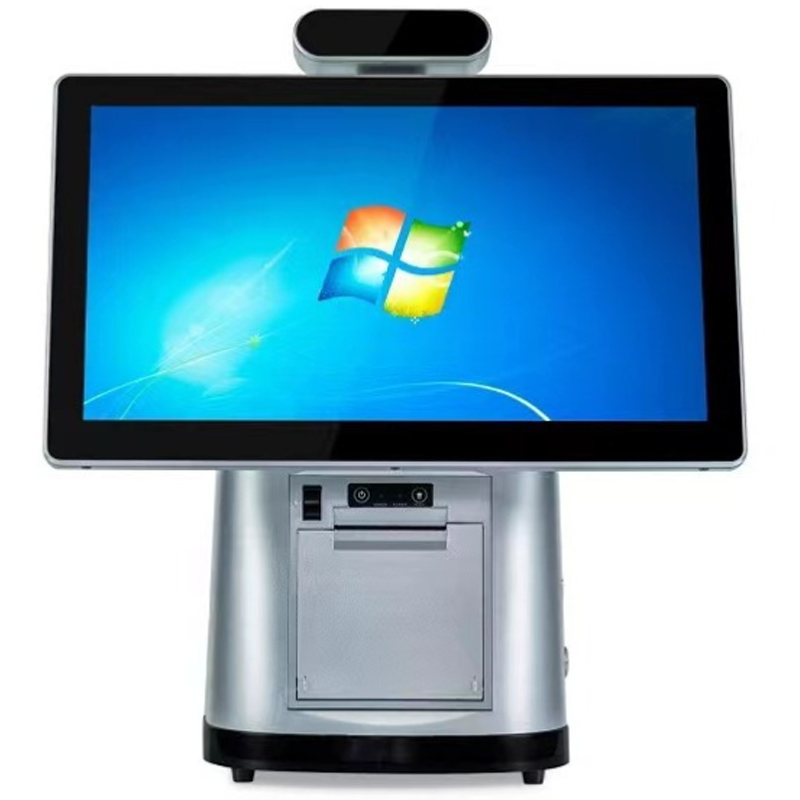how to use a supermarket cash register
Inhoudsopgave
Samenvatting
A kassa is more than just a fancy calculator. It’s the heartbeat of any retail operation, especially in a bustling supermarket environment. But what exactly is a cash register, and why is it so crucial?In de kern is een kassa is a device used to calculate and record sales transactions. It’s where the magic happens – where products are scanned, totals are tallied, and money changes hands. But modern cash registers are so much more than that. They’re sophisticated machines that can track inventory, process various payment types, and even help with bookkeeping.
“A cash register is like the Swiss Army knife of retail – it’s versatile, reliable, and absolutely essential for smooth operations.” – Sarah Johnson, Retail Operations Expert
The importance of a well-functioning cash register can’t be overstated. Here’s why:
- Accuracy: It minimizes human error in calculations, ensuring that customers are charged correctly and the store’s finances are accurate.
- Efficiency: A good cash register speeds up the checkout process, reducing wait times and improving customer satisfaction.
- Record-keeping: It keeps track of sales data, which is crucial for inventory management and financial reporting.
- Security: Cash registers help prevent theft and discrepancies by recording all transactions and often requiring employee logins.
Unable to render image
A modern cash register in action (Alt: A cashier using a modern touchscreen cash register in a supermarket)
Different Types of Cash Registers: Which One Do You Need?
Not all cash registers are created equal. The type of cash register you need depends on the size of your store, the volume of transactions, and the specific features you require. Let’s break down the main types:
- Traditional Electronic Cash Registers (ECRs)
- Basic functionality
- Suitable for small businesses
- Limited reporting capabilities
- Point of Sale (POS) Systems
- Advanced features
- Integrates with other business systems
- Ideal for larger stores or chains
- Mobiele kassasystemen
- Portable and flexible
- Great for pop-up shops or mobile businesses
- Often integrates with smartphones or tablets
- Zelfbedieningskiosken
- Allows customers to check out on their own
- Reduces labor costs
- Becoming increasingly popular in supermarkets
When choosing a kassa, consider factors like:
- The size of your business
- Uw budget
- The features you need (e.g., inventory tracking, employee management)
- The types of payments you’ll accept
- Your plans for future growth
Remember, the right cash register can streamline your operations and boost your bottom line. It’s worth taking the time to find the perfect fit for your supermarket.
Getting Started: The Basics of Operating a Cash Register
Now that we understand the importance of cash registers and the different types available, let’s dive into the basics of how to use one. Whether you’re a new cashier or just need a refresher, these steps will help you get started:
- Logging In
- Most modern cash registers require a unique login for each cashier.
- This could be a code, swipe card, or even biometric data like a fingerprint.
- Logging in allows the system to track who’s responsible for each transaction.
- Opening the Register
- At the start of each shift, you’ll need to count the cash in the drawer.
- Enter this amount into the system to establish your starting balance.
- Scanning Items
- For most products, you’ll simply scan the barcode.
- Some items might require manual entry of a PLU (Price Look-Up) code.
- Entering Quantities
- If a customer is buying multiple of the same item, you can enter the quantity before scanning.
- Applying Discounts or Coupons
- Many registers have specific buttons or processes for applying discounts or coupons.
- Always check the coupon’s validity before applying it.
- Totaling the Transaction
- Once all items are entered, hit the ‘Total’ or ‘Subtotal’ button.
- This will display the amount due, including any applicable taxes.
- Processing Payment
- Select the appropriate payment method (cash, card, etc.).
- For cash payments, enter the amount received and the register will calculate the change.
- For card payments, follow the prompts on the card reader.
- Completing the Transaction
- Once payment is processed, finalize the sale.
- The cash drawer will open for cash transactions.
- Don’t forget to give the customer their receipt!
- Closing the Register
- At the end of your shift, you’ll need to count the cash and reconcile it with the system’s records.
- Print out any necessary reports for your manager.
Remember, practice makes perfect. Don’t be afraid to ask for help if you’re unsure about any step of the process. Your colleagues and managers are there to support you as you learn.
How to Run Transactions Smoothly on a Cash Register
Running smooth transactions is key to keeping customers happy and lines moving quickly. Here are some tips to help you become a cash register pro:
- Greet the Customer
- A friendly “Hello” sets a positive tone for the interaction.
- Start Scanning Immediately
- Begin scanning items as soon as they’re placed on the conveyor belt.
- This keeps the process moving and reduces wait times.
- Handle Produce Efficiently
- Memorize common produce codes to avoid looking them up.
- Use the scale correctly for weight-based items.
- Group Similar Items
- Scan all cold items together, all produce together, etc.
- This makes bagging easier and more efficient.
- Be Proactive About Potential Issues
- If an item doesn’t scan, try entering the code manually.
- If you’re unsure about a price, ask a colleague for a price check.
- Communicate Clearly
- Announce the total clearly to the customer.
- Confirm the payment method they’ll be using.
- Handle Cash Carefully
- Count cash twice – once when receiving it, once when giving change.
- Place large bills under the till to prevent theft.
- Process Card Payments Smoothly
- Guide customers through the card payment process if needed.
- Be familiar with different types of cards and how to process them.
- Offer Receipts
- Always ask if the customer wants their receipt.
- Some may need it for returns or expense reports.
- Thank the Customer
- End each transaction with a sincere “Thank you” or “Have a great day!”
By following these steps, you’ll be able to handle transactions quickly and professionally, ensuring a positive experience for both you and the customer.
What Are the Key Functions of a Modern Cash Register?
Modern cash registers, especially those integrated into comprehensive point of sale systems, are packed with features designed to streamline retail operations. Let’s explore some of the key functions you’ll find in today’s cash registers:
- Verkoopverwerking
- The core function of any cash register
- Includes scanning items, applying discounts, and calculating totals
- Verwerking van betalingen
- Handles various payment methods including cash, credit/debit cards, mobile payments, and even cryptocurrencies in some cases
- Voorraadbeheer
- Tracks stock levels in real-time
- Can generate alerts when items are running low
- Personeelsbeheer
- Tracks employee hours and sales performance
- Manages access levels and permissions
- Rapportage en analyse
- Generates sales reports, financial statements, and other business insights
- Helps in making data-driven decisions
- Klantrelatiebeheer (CRM)
- Stores customer information and purchase history
- Facilitates loyalty programs and targeted marketing
- Integratie met andere systemen
- Can connect with accounting software, e-commerce platforms, and other business tools
- Tax Calculation
- Automatically applies the correct tax rates to transactions
- Helps with tax reporting and compliance
- Refund and Return Processing
- Manages product returns and exchanges
- Issues refunds across various payment methods
- Multi-Store Management
- For businesses with multiple locations, allows for centralized control and data aggregation
Understanding these functions can help you make the most of your kassa system and improve overall store efficiency.
Tips and Tricks for Efficient Cash Register Use
Mastering the cash register is about more than just knowing the basic functions. Here are some pro tips to help you work more efficiently:
- Memorize Shortcuts
- Learn keyboard shortcuts for common functions to speed up your work.
- Use Both Hands
- Scan with one hand while preparing the next item with the other.
- Keep Your Workspace Organized
- A tidy workspace helps you move faster and make fewer mistakes.
- Stay Focused
- Maintain concentration even during slow periods. It’s easy to make mistakes when you’re not fully engaged.
- Communicate with Customers
- Keep customers informed about what you’re doing, especially if there’s a delay or issue.
- Double-Check Large Bills
- Always verify large denominations to protect against counterfeit currency.
- Use the Calculator Function
- Most registers have a built-in calculator. Use it when needed to ensure accuracy.
- Learn to Multitask
- Practice handling multiple tasks simultaneously, like scanning items while answering customer questions.
- Keep Common Items Handy
- Store frequently needed items (like bags or receipt paper) within easy reach.
- Stay Updated on Promotions
- Know the current sales and promotions to avoid confusion at checkout.
Remember, efficiency comes with practice. Don’t be too hard on yourself if you’re not lightning-fast right away. Focus on accuracy first, and speed will come naturally as you gain experience.
Common Cash Register Errors and How to Avoid Them
Even experienced cashiers can make mistakes. Being aware of common errors can help you avoid them:
- Incorrect Change
- Always count change back to the customer to ensure accuracy.
- Use the cash register’s change calculation feature when available.
- Miskeyed Amounts
- Double-check entries, especially for manual price inputs.
- If you make a mistake, void the transaction and start over rather than trying to correct it.
- Scanning Errors
- Make sure the barcode is properly aligned with the scanner.
- Check that you’re not accidentally scanning the same item twice.
- Wrong Payment Method
- Confirm the payment method with the customer before processing.
- Be extra careful when handling split payments.
- Forgetting to Apply Discounts
- Stay informed about current promotions and remember to apply them.
- Some POS systems can automatically apply relevant discounts.
- Cash Drawer Discrepancies
- Count your drawer carefully at the beginning and end of your shift.
- Report any discrepancies immediately.
- Incorrect Produce Codes
- Keep a produce code cheat sheet handy until you memorize common codes.
- When in doubt, ask a colleague or supervisor for help.
- Failing to Void Cancelled Items
- Always remember to void items that a customer decides not to purchase.
- Mishandling Returns
- Follow your store’s return policy strictly.
- Make sure you understand how to process different types of returns (cash, credit, store credit, etc.).
- Security Breaches
- Never share your login information.
- Always lock the register when stepping away, even for a moment.
By being aware of these common pitfalls, you can take proactive steps to avoid them, ensuring smoother transactions and happier customers.
How to Handle Different Types of Payments on a Cash Register
In today’s diverse payment landscape, cashiers need to be adept at handling various payment methods. Here’s a guide to processing different types of payments:
- Cash Payments
- Count the money received twice before entering it into the register.
- Count change back to the customer, starting with coins and moving to bills.
- Use counterfeit detection methods for large bills.
- Credit/Debit Card Payments
- Guide customers through the card reader process if needed.
- Be familiar with chip, swipe, and contactless payment methods.
- Know how to handle declined cards professionally.
- Mobiele betalingen
- Understand how to process payments through apps like Apple Pay or Google Wallet.
- Ensure the NFC reader is working properly.
- Gift Cards
- Know how to check gift card balances.
- Be able to process split payments if the gift card doesn’t cover the full amount.
- Controles
- Follow your store’s check acceptance policy.
- Know how to properly record check payments in the system.
- EBT/SNAP Payments
- Understand which items are eligible for these programs.
- Know how to process these payments on your specific system.
- Loyalty Points or Store Credit
- Be familiar with your store’s loyalty program and how to apply points or store credit to purchases.
- Foreign Currency
- If your store accepts foreign currency, know the current exchange rates and how to process these transactions.
- Cryptocurrency
- While not common in all stores, some are beginning to accept cryptocurrencies. If your store does, ensure you’re trained on the process.
- Split Payments
- Understand how to divide a transaction between multiple payment methods.
Remember, the key to handling any payment type is to stay calm, focused, and to ask for help if you’re unsure about anything. Your goal is to make the payment process as smooth and hassle-free as possible for the customer.
Maintaining and Troubleshooting Your Cash Register
A well-maintained kassa is crucial for smooth operations. Here are some tips for keeping your register in top shape and troubleshooting common issues:
Regular Maintenance
- Clean Regularly
- Wipe down the keypad, screen, and scanner daily.
- Use appropriate cleaning solutions to avoid damage.
- Check Connections
- Ensure all cables are securely connected.
- Look for any signs of wear or damage on cords.
- Update Software
- Keep the register’s software up-to-date for optimal performance and security.
- Test Peripherals
- Regularly check that the scanner, card reader, and receipt printer are working correctly.
- Maintain Cash Drawer
- Keep the cash drawer clean and organized.
- Ensure it opens and closes smoothly.
Tags
Product
Blog
Neem contact met ons op
Verwante producten
Veelgestelde vragen over het maken van houten kisten

